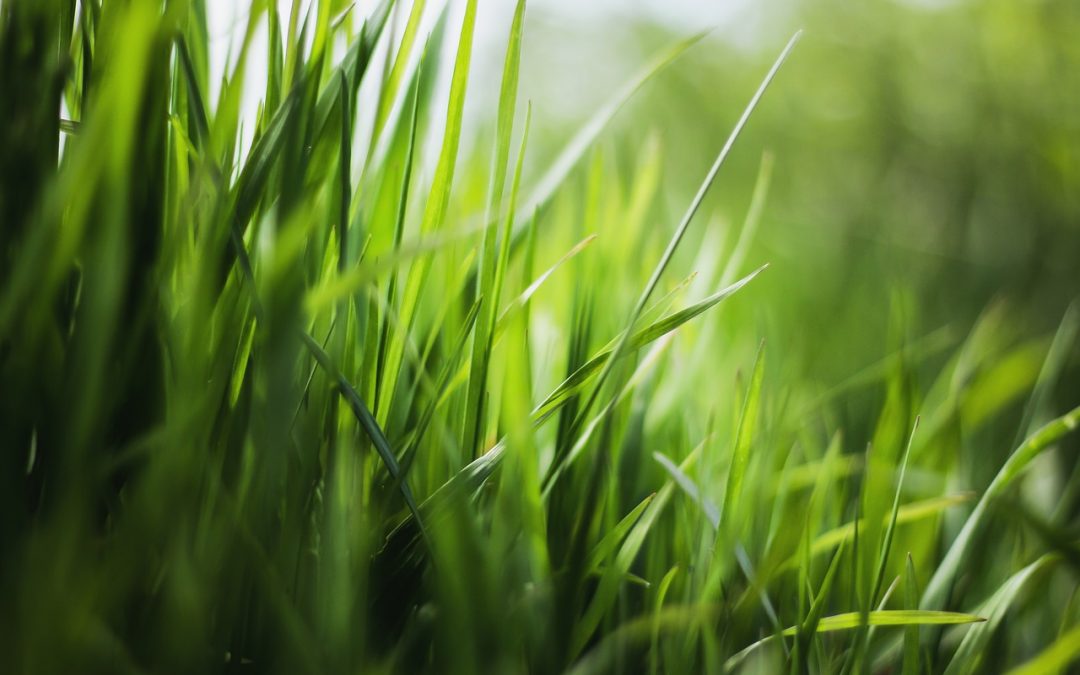Yes, Harrisburg, there is a spring. It’s finally time to put away the snow shovels and start thinking about spring projects, such as your lawn. The most important part of early spring lawn care is to make sure that it has plenty of opportunities to gently come back to life as the weather warms. If you do it right, the sun and soil will do most of the work for you. The lush lawn of your spring-loving dreams is just a few steps away. Here is everything you need to get your lawn ready.
Start your spring lawn prep by using a rake.
Remove dead leaves and other garden debris that have accumulated over winter. Rake out areas of thatch (dried, dead grass that can be thick and deep). If you don’t, thatch will keep oxygen and sunlight from other plants and grass. You want to rake vigorously but not so much that you remove the crowns that have survived. Rake just enough to break up and, if needed, remove dead material. This is best done when your lawn is not really wet and on a day that the temperature is above 40 degrees.
There’s often another good reason for a spring raking. As you survey your lawn in spring, see if there are any matted patches where the grass blades are all stuck together. This can be caused by a disease known as “snow mold.” Damage will be large, circular, matted down patches. Don’t panic! In many cases, this disease has only damaged the leaves of the grass plant.
Apply fertilizer, pre-emergent, and weed killer.
To prevent weeds from taking over your lawn this summer, apply a pre-emergent herbicide in the spring. It’s a way of feeding your lawn and giving it a dose of preventatives. This type of weed controller prevents weeds from germinating, which will greatly reduce the number of crabgrass, dandelions, and other weeds.
As part of our full-service program, Good’s Tree and Lawn Care will apply a granular fertilizer containing at least a 50 percent slow release nitrogen source. This fertilizer will also contain a pre-emergent herbicide for crabgrass. Broadleaf weed control will be applied, as needed, and as long as temperatures are above freezing.
Go for a tune-up.
Be sure your lawnmower is ready for the spring and summer grass cutting season by performing an early spring tune-up. This consists of replacing the spark plug, changing the oil, greasing the fittings, installing a new air filter, cleaning the carburetor, and sharpening the blades. It’s also a good idea to give your string trimmer some TLC, too. And be sure to have plenty of cutting string on hand for the upcoming summer.
Mow early, mow often.
One of the biggest mistakes homeowners make is only mowing once a week in the spring. But letting the grass grow too high and cutting it can stunt the roots so they don’t reproduce properly. A good rule of thumb is to mow every five days for the first six weeks of spring, depending on the weather, to ensure a thicker, fuller lawn. And for all subsequent mowing through summer, remember this general rule: Never trim off more than one-third of the grass-blade height at a time.
You can count on our lawn care experts to provide expert advice and reliable services throughout early spring and into the fall. For a “no worries, we got this” all-encompassing plan, check out our Full-Service Program. We give your lawn everything it needs to stay looking good.


